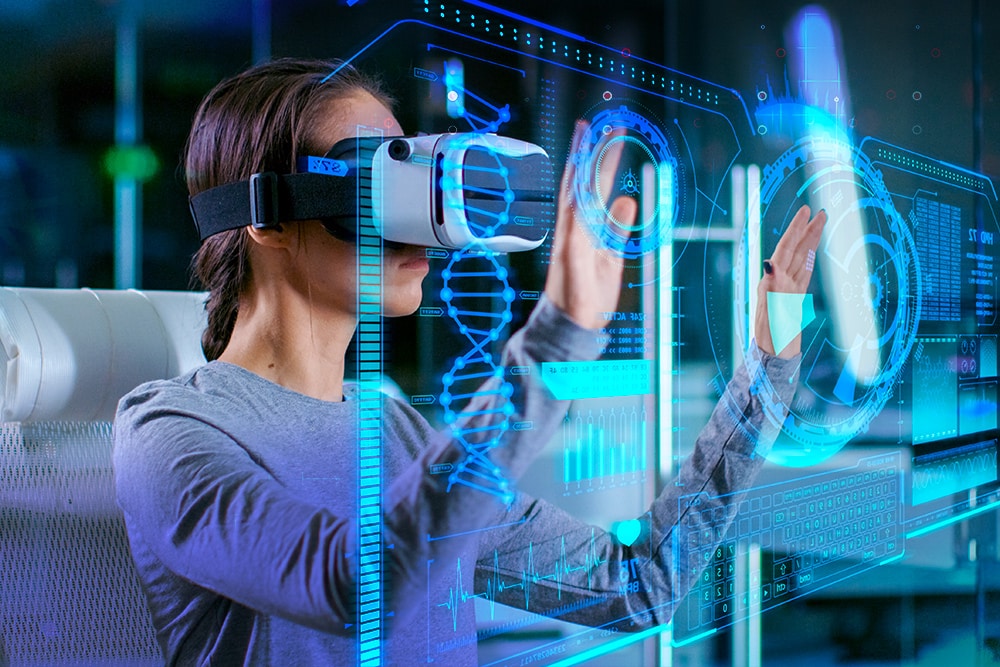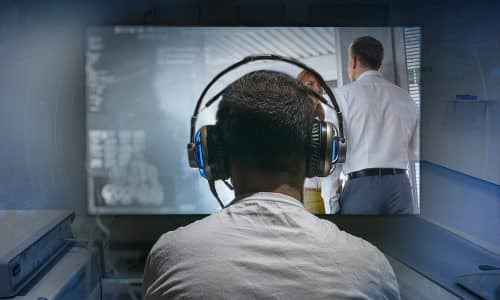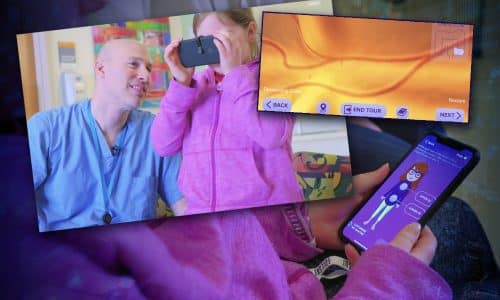Fixed centers of medical care, like hospitals and treatment centers, have boosted care due to the prevalence of superior technology and physician expertise; but now, there is growing movement toward more flexible and mobile care. Why?
- Access to care in rural areas can result in poor health outcomes.
- Hospital stays can be dangerous to your health due MRSA and other hospital-endemic and antibiotic-resistant pathogens.
- It is often difficult for patients or patient caregivers to come to an office for care, especially when dealing with restrictive work or child care obligations.
- In response to these new needs, there has been a surge of interest and investment in telemedicine. But technology has not made telemedicine realistic except for diagnosis and treatment of common ailments.
But that may be changing with the development of augmented reality (AR) and virtual reality (VR).
According to a report in Medical Design & Outsourcing, “With the advent of augmented reality (AR) and virtual reality (VR) in the medical device industry, the medical vocabulary surrounding the point of care may need to change. These technologies have the potential to blur the boundaries that separate offices, hospitals and homes, as well as redefine how providers deliver care to patients with chronic conditions.”
AR tech is expanding in apps, wearables and mobile devices. It is contributing to patient self-monitoring, diagnosis and ongoing. care. AR technology is described as layering over the real world. It offers digital visuals, sounds or other stimuli that give insights from gathered data or add enhanced detail to reality.
Among the growing applications– contact lenses that give visual cues to diabetics when glucose levels fluctuate dangerously and smartwatches that use near-field communication to remind patients to take prescription medicine.
AR can also help healthcare providers free themselves from fixed technologies that limit movement and provide interruptions in care. For example, notes the report, AR glasses with gesture-based interfaces that display patient information give a hands-free, highly mobile opportunity to providers. Mobile technology can use AR to assist with blood draws and diagnostic apps utilize smartphone cameras to cross-reference visual symptoms against a database of categorized images.
At St. Mary’s Hospital in London, clinicians used HoloLens AR technology from Microsoft in order to overlay CT scan images onto a patient’s leg during a reconstructive surgery,
Virtual reality is also becoming more widespread. VR headsets that are already on the market allow patients to have carefully crafted visual experiences that can serve as supplementary care with other treatment regimens, like programs that provide visuals for amputees or stroke patients in physical therapy. VR can also provide an alternative to some pharmaceutical interventions for psychiatric care, especially in the treatment of phobias, anxiety or even some personality disorders.
“VR can even perform an analgesic function by distracting patients in pain, potentially lessening the need for heavy pain medication,” cites the report. It pointed to a study a few years ago showing how military burn victims dealt with the painful process of wound debridement with or without the use of a VR headset. Those who got to experience VR during the procedure reported significantly less pain
Rather than traveling across the world to witness a rare procedure being performed by an expert, surgeons can observe important surgeries in immersive VR. Clinicians who are in training or getting CME credit can practice new techniques without needing live patients.
MedStar Health’s 10 hospitals in the Baltimore-Washington metro area, are using the VR technology for immersive training.
“Our research shows that virtual simulation is as good as or better than traditional training methods,” notes William Sheahan, director of the MedStar Simulation Training & Education Lab (MedStar SiTEL) in Washington.
During VR training on MedStar’s program, Trauma: Yellow, the trainees are presented with seven emergency scenarios that are designed to immerse them in an emergency room environment and test their ability to quickly and calmly handle patients.
Medical device innovators and providers are lining up to take advantage of growing AR and VR opportunities and plan to enter the market. This newsletter will bring you further innovations and developments.
SOURCES
https://www.medicaldesignandoutsourcing.com/how-ar-vr-devices-boosting-medicine/




